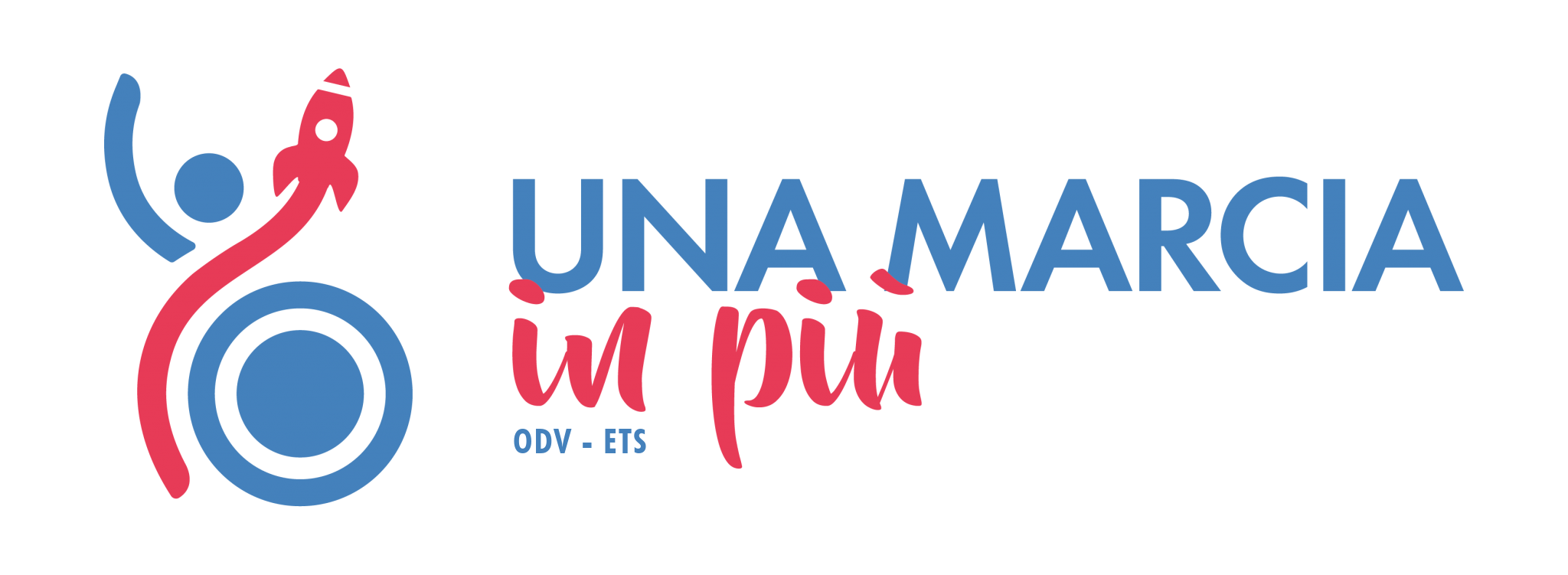The first step in the accounting cycle is identifying transactions. Companies will have many transactions throughout the accounting cycle. The accounting cycle is used comprehensively through one full reporting period.
Finally, if your books are disorganized, you might provide inaccurate information when filing taxes. The accounts receivable turnover ratio is a simple formula to calculate how quickly your clients pay. Tax adjustments help you account for things like depreciation and other tax deductions. For example, you may have paid big money for a new piece of equipment, but you’d be able to write off part of the cost this year. Tax adjustments happen once a year, and your CPA will likely lead you through it.
According to double-entry accounting, all transactions impact two or more subledger accounts, with equal debits and credits. Remember that you don’t have to implement the accounting cycle as-is. You can modify it to fit your company’s business model and accounting processes. With that foundation set, let’s talk about the eight accounting cycle steps in detail.
What is transactional accounting?
We’ll do your bookkeeping each month, producing simple financial statements that show you the health of your business. Most companies today use accounting software for improved accuracy and faster accounting. While you’ll need to invest some money upfront in purchasing and implementing accounting software, the long-term benefits significantly outweigh the costs. The general ledger (GL) is a master record of all transactions categorized into specific categories such as cost of goods sold (COGS), accounts payable, accounts receivable, cash, and more.
Step 1: Analyze and record transactions
The first step in the accounting cycle is to identify your business’s transactions, such as vendor payments, sales, and purchases. It’s helpful to also note some other details to make it easier to categorize transactions. Accuracy is critical because you’ll use the financial information generated by the accounting cycle to analyze transactions and financial performance.
The total credit and debit balance should be equal—if they don’t match, there’s an error somewhere. The unadjusted trial balance is the initial version of the trial balance that hasn’t been analyzed for accuracy and adjusted as needed. Once you’ve converted all of your business transactions into debits and credits, it’s time to move them into your company’s ledger. In the first step of the accounting cycle, you’ll gather records of your business transactions—receipts, invoices, bank statements, things like that—for the current accounting period. These records are raw financial information that needs to be entered into your accounting system to be translated into something useful.
Step 4: Unadjusted Trial Balance
The budget cycle is an estimation of revenue and expenses over a specified period of time in the future and has not yet occurred. A budget cycle can use past accounting statements to help forecast revenues and expenses. Analyzing a worksheet and identifying adjusting entries make up the fifth step in the cycle. A worksheet is created and used to ensure that debits and credits are equal.
A cash flow statement shows how cash is entering and leaving your business. While the income statement shows revenue and expenses that don’t cost literal money (like depreciation), the cash flow statement covers all transactions where funds enter or leave your accounts. At the start of the next accounting period, occasionally reversing journal entries are made to cancel out the accrual entries made in the previous period. After the reversing entries are posted, the accounting cycle starts all over again with the occurrence of a new business transaction. Once posted to the general ledger, you need to balance all of your business’s transactions. Do this at the end of the accounting period, which can be monthly, quarterly, or annually, depending on the company.
The accounting cycle is considered a bookkeeping basic and is a a step-by-step process performed by accountants to ensure that all financial transactions are properly recorded. Starting from the initial financial transaction, the accounting cycle makes the entire financial process simpler, and helps to ensure that you don’t overlook any of the processes. The accounting cycle is a collective process of identifying, analyzing, and recording the accounting events of a company. It is a standard 8-step process that begins when a transaction occurs and ends with its inclusion in the financial statements and the closing of the books. The accounting cycle is an eight-step process that accountants and business owners use to manage a company’s books throughout a particular accounting period—typically throughout the fiscal year (FY). The federal government’s fiscal year spans 12 months, beginning on October 1 of one calendar year and ending on September 30 of the next.
- Think of the general ledger as a summary sheet where all transactions are divided into accounts.
- You can then show these financial statements to your lenders, creditors and investors to give them an overview of your company’s financial situation at the end of the fiscal year.
- It is a complete process where an accountant or the bookkeeper performs accounting tasks.
If you’re looking for any financial record for your business, the fastest way is to check the ledger. Whether your accounting period is monthly, quarterly, how is overhead allocated in an abc system or annually, timing is crucial to implementing the accounting cycle properly. Mapping out plans and dates that coincide with your accounting deadlines will increase productivity and results.
With Bench, you get access to your own expert bookkeeper to collaborate with as you grow your business. Our secure bank connections automatically import all of your transactions for up-to-date financial reporting without lifting a finger. Book review calls or send messages to get prompt answers to your questions so your financial health is never a mystery. This process is repeated for all revenue and expense ledger accounts. Balance sheet accounts (such as bank accounts, credit cards, etc.) do not need closing entries as their balances carry over.
Accruals have to do with revenues you weren’t immediately paid for and expenses you didn’t immediately pay. Think of the unpaid bill that you sent to the customer two weeks ago, or the invoice from your supplier you haven’t sent money for. If you use accounting software, this usually means you’ve made a mistake inputting information into the system. Next, you’ll use the general ledger to record all of the financial information gathered in step one. Recording entails noting the date, amount, and location of every transaction. Next, you’ll break down (or analyze) the purpose of each transaction.
Making two entries for each transaction means you can compare them later. All popular accounting apps are designed for double-entry accounting and automatically create credit and debit entries. Disorganized books can lead to bad decisions, failure to fulfill various obligations and sometimes even legal problems.
Journal entries are usually posted to the ledger as soon as business transactions occur to ensure that the company’s books are always up to date. Identifying and solving problems early in the accounting cycle leads to greater efficiency. It is important to set proper procedures for each of the eight steps in the process to create checks and balances to catch unwanted errors. The next step in the accounting cycle is to post the transactions to the general ledger. Think of the general ledger as a summary sheet where all transactions are divided into accounts.
Now, let’s have a closer look on the complete accounting cycle process by performing the following example step by step. You can then show these financial statements to your lenders, creditors and investors to give them an constructing the effective tax rate reconciliation and income tax provision disclosure overview of your company’s financial situation at the end of the fiscal year. However, you also need to capture expenses, which you can do by integrating your accounting software with your company’s bank account so that every payment will be charged automatically.

